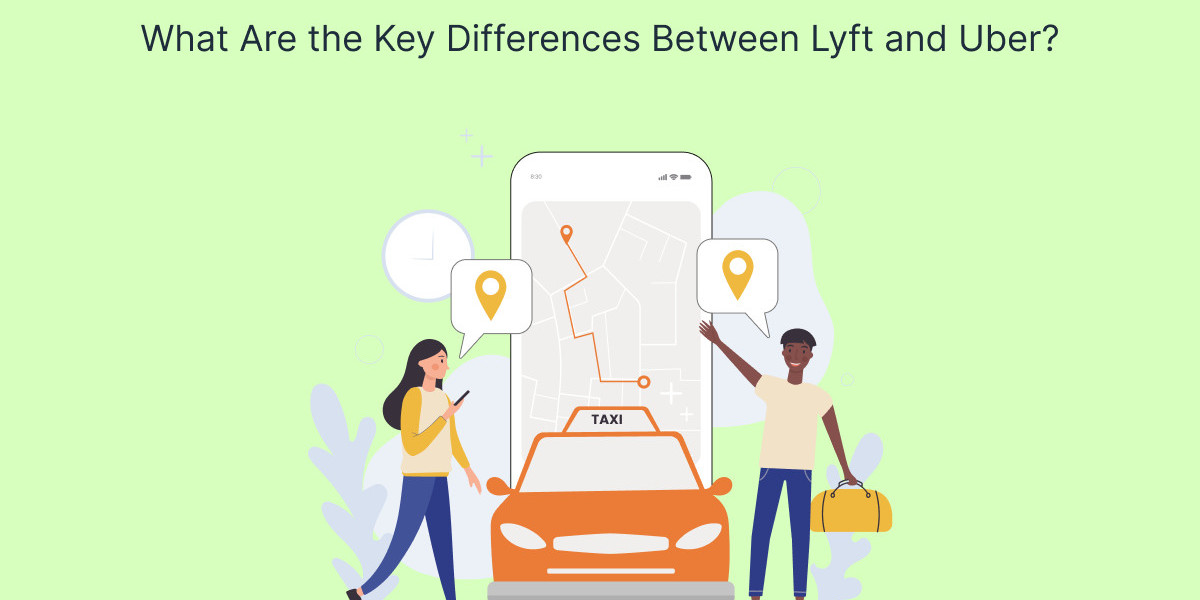With ridesharing transforming the way people commute, two companies, Lyft and Uber, dominate the industry. They provide similar services but differ in various aspects, including pricing, availability, user experience, and safety features. Whether you’re a frequent rideshare user or just curious about what sets these two platforms apart, understanding the differences between the features of Lyft and Uber can help you make an informed choice on which app suits you best. Let’s take a closer look at what makes these services unique.
1. Pricing and Surge Rates
When it comes to cost, both Lyft and Uber operate under a similar pricing structure, with the fare varying depending on factors like distance, time, and demand. However, their approaches to surge pricing, or increased rates during high-demand times, differ slightly. Uber uses “surge pricing,” which can lead to significant price hikes during peak hours or major events. Lyft has a similar model, called “Prime Time,” but riders report that Lyft’s surge increases are often less aggressive than Uber’s.
While both companies offer budget options (UberX and standard Lyft), premium options (Uber Black and Lyft Lux), and shared ride services, it’s wise to compare prices for each trip, as they can vary by location and time. For those looking to save, both apps provide cost-sharing options, although the availability of shared rides depends on the city and local guidelines.
2. Service Availability and Geographic Reach
One of Uber’s major advantages is its global presence. Uber operates in over 10,000 cities worldwide, making it a suitable choice for international travelers and those frequently on the go. Lyft, on the other hand, is primarily available in the United States and Canada, limiting its reach outside of North America.
Both companies have a strong presence in major U.S. cities and offer reliable service in these areas. However, if you need rideshare options outside of North America, Uber’s extensive reach makes it the better option. For those who only need rides in the U.S. and Canada, both apps should cover your needs, but it’s worth double-checking if Lyft services your specific area.
3. App Experience and Interface
While both Lyft and Uber apps are intuitive and easy to use, the user experience can vary. Lyft’s app has a more lighthearted, friendly design and is known for a simple, community-oriented approach. The app often highlights social causes, such as carbon-neutral rides, and includes unique features like “Lyft Stories,” where riders can connect with others’ experiences.
Uber’s app is more businesslike, prioritizing a clean, no-frills interface with various services, from ride options to Uber Eats food delivery. Uber also provides additional convenience features, like the ability to schedule a ride in advance and the “RideCheck” feature, which detects irregularities in your route. For riders who prefer straightforward functionality and extra services within one app, Uber may feel more comprehensive.
4. Rewards Programs and Promotions
Both companies offer rewards programs that benefit frequent riders. Uber Rewards allows users to earn points for every dollar spent on Uber and Uber Eats, which can be redeemed for benefits like ride discounts and priority support. Lyft Rewards also lets riders accumulate points that they can redeem for ride credits and service upgrades.
For new users, Lyft tends to offer more aggressive promotional codes, while Uber’s referral system allows existing users to earn credits by inviting friends. Both apps often run special promotions and discounts, which can help reduce costs for regular users.
5. Safety Features and Customer Support
Safety is a priority for both Lyft and Uber, and each app has implemented unique features to ensure rider security. Uber’s “RideCheck” technology uses GPS to monitor irregular activities, such as unexpected stops or route changes. If a possible safety concern arises, the app prompts the rider and driver with options for assistance. Lyft offers a similar “Emergency Help” feature, which allows riders to call 911 directly from the app in case of emergencies. Both platforms also have the option to share trip details with a friend or family member for added safety.
When it comes to customer support, experiences can vary. Lyft generally receives positive feedback for customer service responsiveness, while Uber’s customer support has faced mixed reviews. However, both apps are working to streamline customer support processes, providing in-app options to report issues, request refunds, and access ride history.
6. Company Culture and Social Impact
Lyft and Uber are known not only for their ridesharing services but also for their social missions and company cultures. Lyft has a reputation for being community-driven and focuses heavily on social responsibility initiatives, such as its pledge to go 100% carbon-neutral and its efforts to promote accessible rides for all. Lyft also emphasizes its support for causes like environmental sustainability and transportation equity, which may appeal to eco-conscious riders.
Uber’s approach is more corporate and expansive, with ventures beyond ridesharing, such as food delivery (Uber Eats) and freight services (Uber Freight). While Uber also has sustainability initiatives and is working to introduce more electric vehicles into its fleet, it is seen as a company focused on broad growth across various industries. Those who value a community-oriented experience may gravitate toward Lyft, while riders interested in an all-in-one solution for transportation and delivery may find Uber’s platform more versatile.
Conclusion
Lyft vs Uber share many similarities, but their differences set them apart in distinct ways. Uber’s international reach, multifaceted app, and array of services make it ideal for those who need a reliable option both locally and abroad. Lyft, on the other hand, offers a more community-focused experience with social initiatives that might resonate with those looking for a more personal touch in their ridesharing service.








